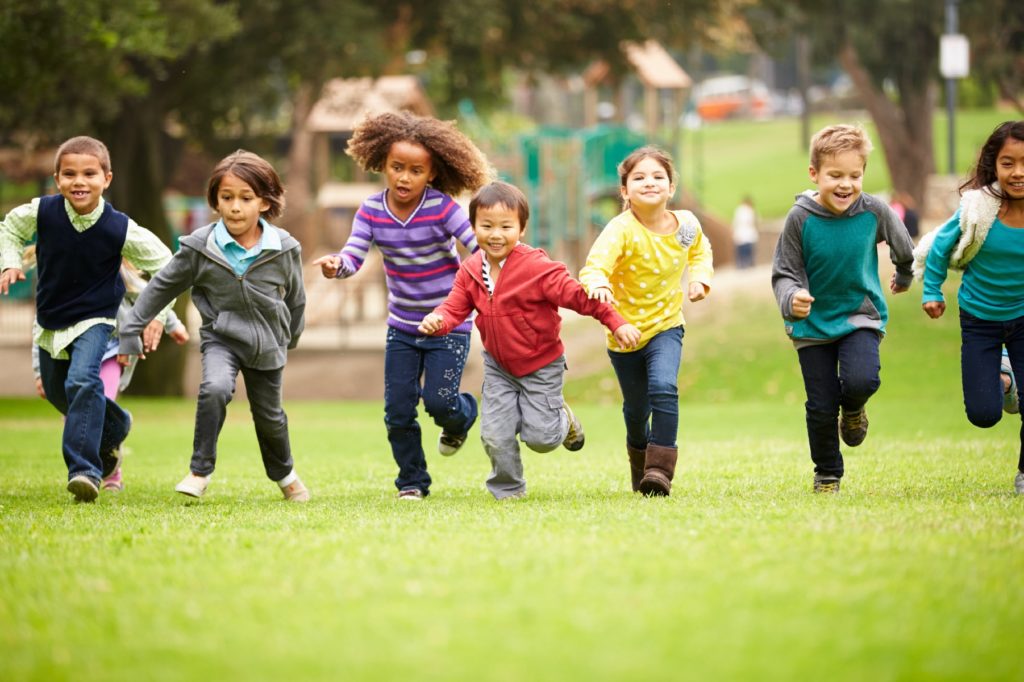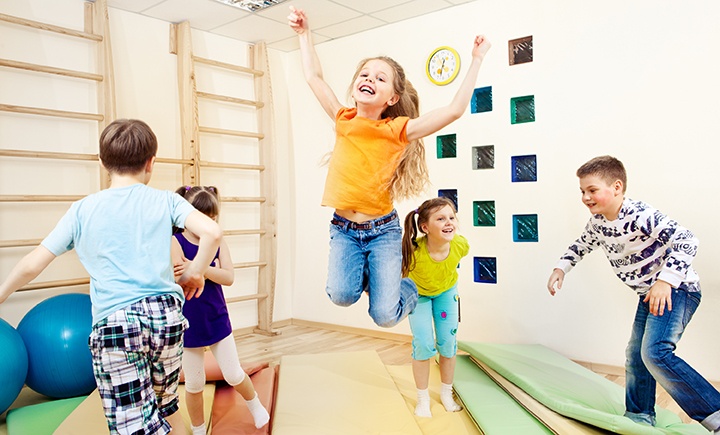School recess is critical to student learning, school wellness
School recess is a highly effective strategy for increasing physical activity among children, because it is a strategy that can reach every student every day. Because of that, all schools should adopt a “No Lost Recess” policy as part of their school wellness plans.

Here’s an example from one school’s recess policy:
- A minimum of 30 minutes of moderate to vigorous physical activity shall be provided by schools for all K-8 students daily. This requirement can be achieved through activities such as recess, dance, classroom energizers, or other curriculum-based physical activity programs. However, this time should complement and not substitute for the physical education program.
- Structured/unstructured recess and other physical activity (such as, but not limited to, physical activity time, physical education, or intramurals) shall not be taken away from students as a form of punishment. In addition, severe and inappropriate exercise may not be used as a form of punishment for students.
Recess helps a child’s ability to process information, pay attention, and remain on-task, so it should not be taken away as a punishment for unwanted behavior or unfinished class work. In fact, the longer the stretch between recess breaks at school, the higher the inattentiveness among students.

To ensure that school recess does not get short shrift in inclement weather, teachers and administrators need a plan for indoor activity that keeps gets students moving. Be prepared for sub-zero temperatures or thunderstorms with a list of “rainy day” physical activities that require little to no prep time:
- Activity breaks such as these from the American Heart Association and Fuel Up to Play 60
- Video-led dance breaks from GoNoodle, GeoMotion, or ActivityWorks
- Activity rooms
- Get more ideas
Revitalizing recess is one of many ways schools can support kids’ physical activity needs. The payback is real: kids who get enough physical activity have better concentration, fewer behavior problems, and improved performance in reading, writing, and math. Get more strategies for recess and the rest of the school day in our guide “Active Students Achieve More.”

Topics: Physical Activity, Schools
Subscribe for more
Want more ideas for healthy schools, workplaces, child care providers, and families? Subscribe to our blog for weekly tips delivered right to your inbox!
Healthy trick or treating: how to limit Halloween candy and other tips NEXT »
Trends in physical education: active students, lifetime fitness
